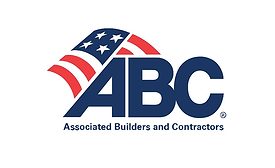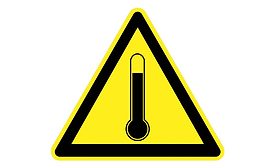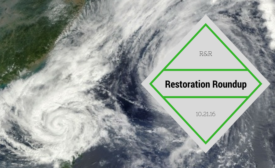Home » OSHA guidelines
Articles Tagged with ''OSHA guidelines''
13 Future Trends in the Restoration Industry
National Credentials, struggling franchises, bureaucracy, & more
Read More
Get our new eMagazine delivered to your inbox every month.
Stay in the know on the latest disaster restoration and remediation trends.
SUBSCRIBE TODAY!Copyright ©2024. All Rights Reserved BNP Media.
Design, CMS, Hosting & Web Development :: ePublishing










